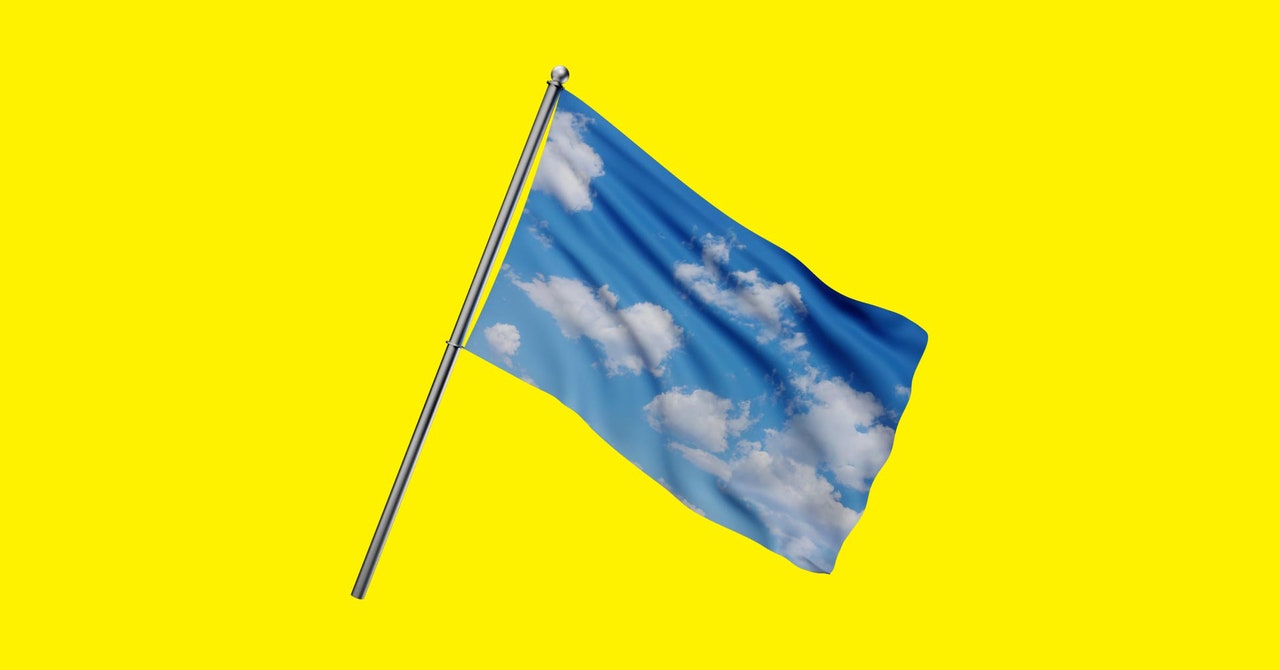One afternoon in December, I took the 4 train from my home in the South Bronx to an apartment near Union Square. I had been invited to lead a conversation with a handful of artists about the climate crisis and their place in it.
What I found was an intimate gathering of six or seven people. After some milling about over plates of cake and mugs of coffee, we started remembering Hurricane Sandy. We marveled at how much our experiences differed based on the borough or neighborhood we lived in. Sandy turned the Lower East Side—which was originally built for low-income communities but is now fairly affluent—into a place where police cars were submerged and electricity was scarce. Meanwhile, the South Bronx, originally built for the affluent but now the poorest congressional district in the country, came out of the storm relatively unscathed, since it sits on higher ground and is connected to the mainland of New York state.
See more from The Climate Issue | April 2020. Subscribe to WIRED.
Illustration: Alvaro DominguezWe wondered how long before another Sandy—or something much, much worse, perhaps something we don’t even have language for yet—pushed the masses from Lower Manhattan into the South Bronx. Then where would my neighbors go?
From there, the conversation naturally spiraled into the undercurrent of terror that comes with being alive today. Australia was ablaze, and the embers had barely cooled in the Amazon. A typhoon was encroaching on the Philippines. And that wasn’t counting the countless other disasters underway in Africa and Latin America that never made the headlines. Even on our way in, we couldn’t help but notice that it hardly seemed like December outside.
I could tell that it felt good to talk like this: open and honest about the experience of watching the world fall apart in front of our eyes. To say our fears out loud and have them, and ourselves, accepted and understood.
It was almost like I could see the weight lifting from our shoulders. But as that weight lifted, it only rose so far. It hung in the air, just above our heads like a heavy ominous cloud, until someone finally popped the question that brought the weight back down on us:
“But what can we, as individuals, do?”
Something remarkable has happened to the climate conversation in the past two years. It’s finally found its way out of the academy, oozed out of the Big Green groups and expert circles, and landed in the streets and on everyone’s lips. I hear it everywhere: on the street, in the subway, in the airport, in the changing room at my yoga studio, in the checkout line at the grocery store. It’s not niche anymore. It’s mainstream.
It’s beautiful.
For me, it’s also bewildering. I am what the meteorologist and journalist Eric Holthaus calls a “Climate Person”—someone whose whole life is bound up in confronting the reality of the climate crisis. I joined t

